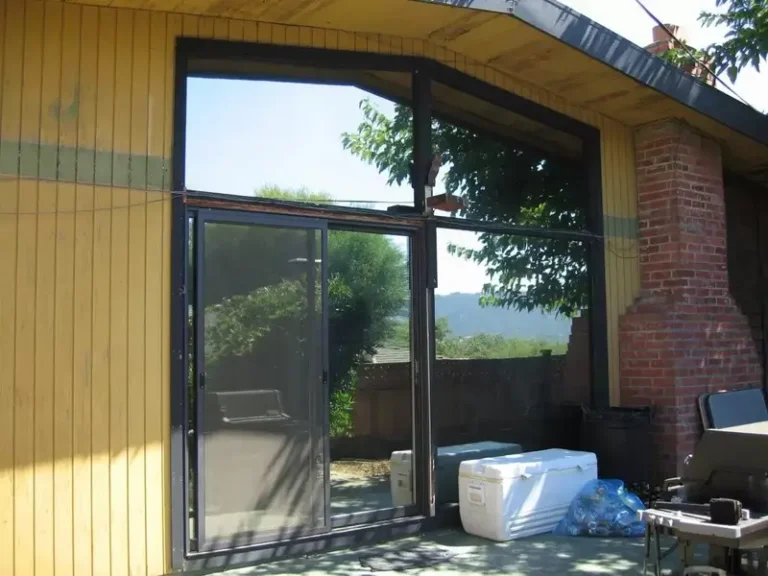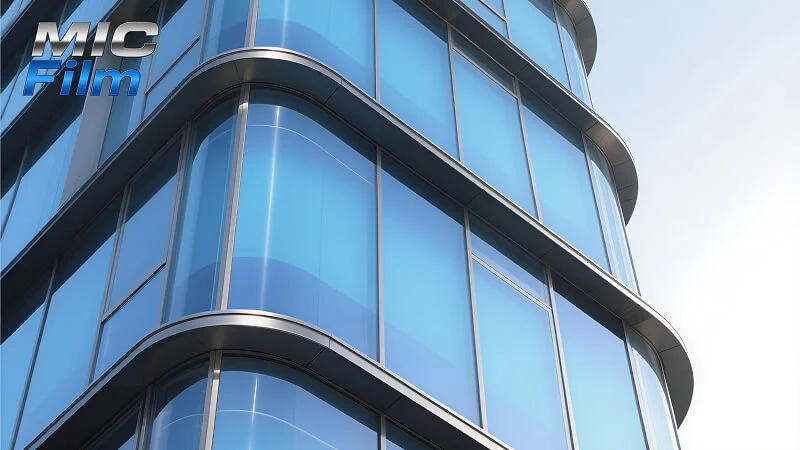Architectural window tint film is a multilayer material applied to windows to enhance the comfort of use. The film’s primary component is polyester, coated with metal particles, most commonly aluminum, titanium, or nickel. If a specific color is desired, an additional decorative layer is added, and all layers are bonded together using a laminator.
These films are multifunctional:
- They conceal the interior from prying eyes from the outside. This is achieved through a one-way visibility effect
- They protect furniture from fading and color loss by preventing direct sunlight from penetrating
- They help maintain a comfortable temperature indoors, thereby reducing air conditioning and heating costs
- They provide additional protection for glass from mechanical damage
- They can be an additional decoration for the building










